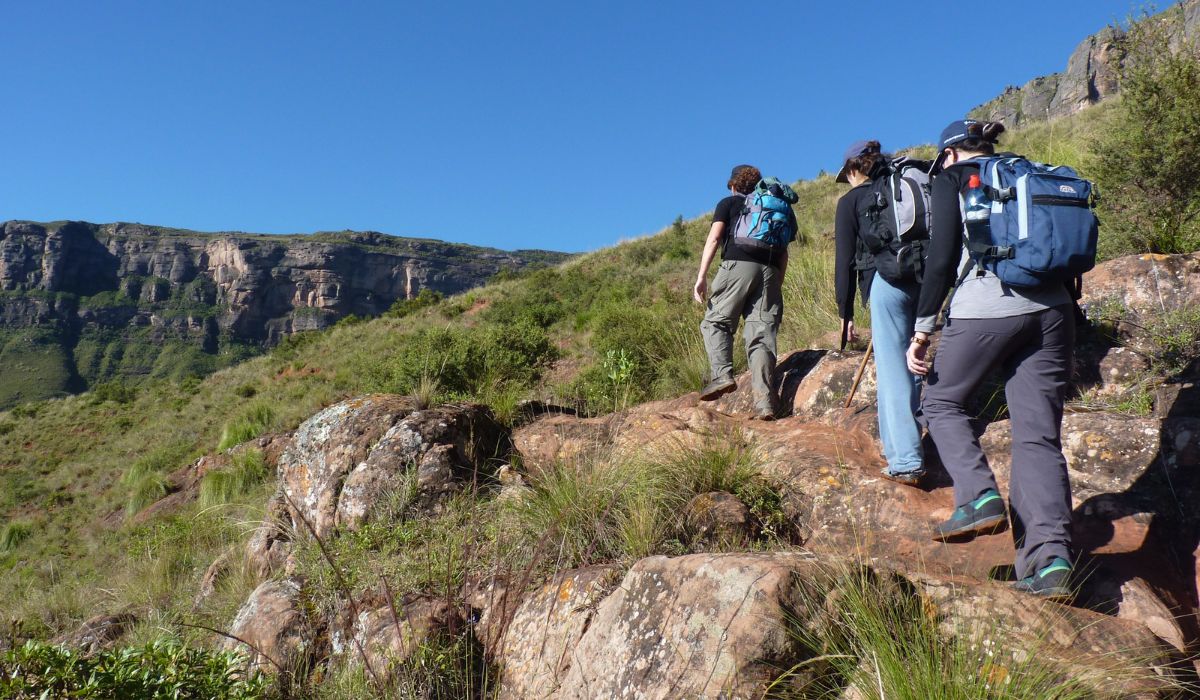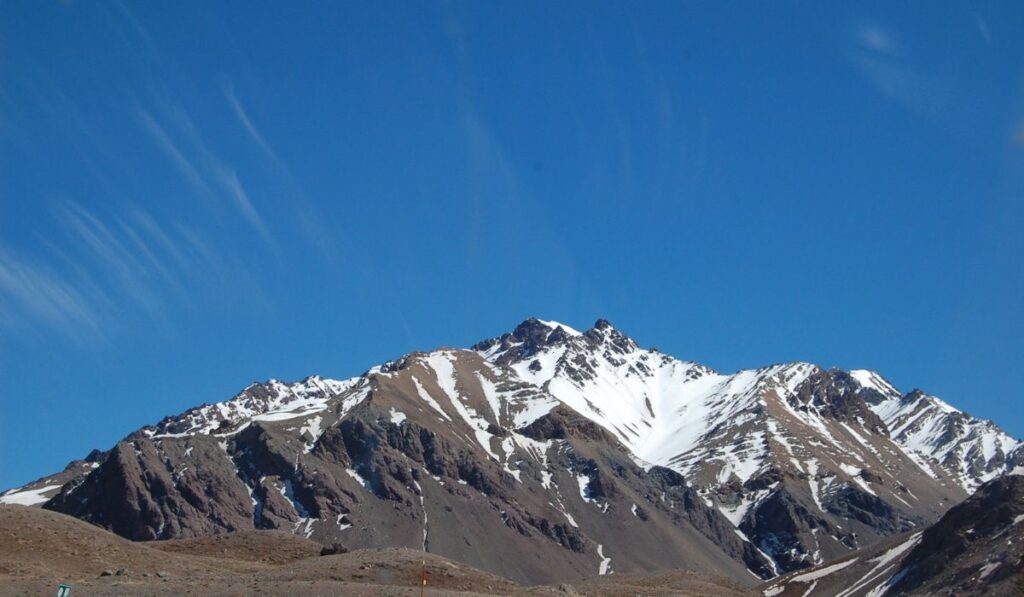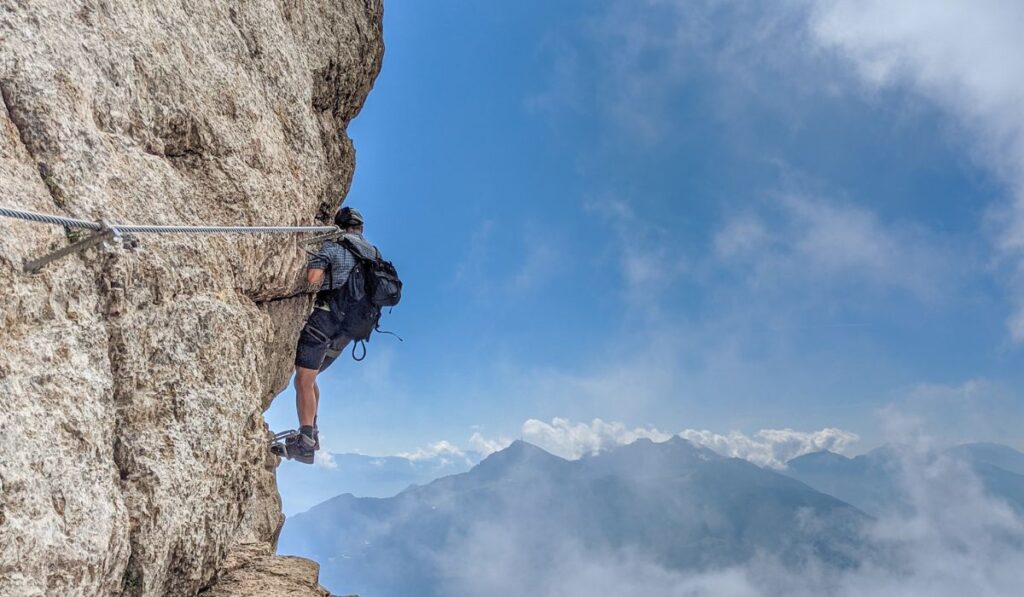
Trekking in the mountains is an exhilarating outdoor activity that involves hiking through rugged terrains and exploring the untouched beauty of nature. It offers a unique opportunity to immerse oneself in breathtaking landscapes, witness diverse wildlife, and challenge personal limits. For adventure enthusiasts, trekking is more than just a hobby; it is a way of connecting with nature and experiencing the thrill of exploring uncharted territories.
In this blog, we will delve into the world of mountain trekking and explore its significance for those seeking thrilling adventures. From understanding what trekking in the mountains entails to discovering the joys and challenges it presents, this guide aims to inspire and educate adventure enthusiasts.
Benefits of Trekking on Mountains
- Physical Fitness and Health Benefits Trekking on mountains is an excellent way to improve physical fitness. The challenging terrains, steep ascents, and long walks engage various muscle groups, enhancing strength, endurance, and cardiovascular health. The calorie-burning nature of trekking helps with weight management and promotes overall fitness. Additionally, the fresh mountain air and exposure to sunlight provide a natural boost to the immune system, contributing to better health.
- Mental and Emotional Well-being Mountain trekking offers significant mental and emotional benefits. The serene and peaceful surroundings create a conducive environment for stress reduction and mental relaxation. Being away from the distractions of daily life allows trekkers to clear their minds, find inner peace, and achieve a sense of mindfulness. The accomplishment of overcoming challenges during a trek boosts self-confidence and provides a sense of achievement, leading to improved mental well-being.
- Connection with Nature and Outdoor Exploration Trekking on mountains provides a unique opportunity to connect with nature in its purest form. The pristine landscapes, breathtaking vistas, and diverse flora and fauna create an immersive experience that nurtures a deep appreciation for the natural world. Trekking allows individuals to explore remote and untouched areas and discover hidden gems that are inaccessible by other means. It offers a chance to witness the raw beauty of nature, from towering peaks to cascading waterfalls, and to encounter wildlife in their natural habitats. This connection with nature rejuvenates the soul and fosters a sense of awe and wonder, reminding us of the importance of preserving our natural environments for future generations.
Preparing for a Mountain Trek
- Researching the Destination and Trail Difficulty Before embarking on a mountain trek, thorough research is crucial. Familiarize yourself with the destination, including its geographical features, climate, and trail conditions. Understand the difficulty level of the trek and assess whether it aligns with your physical fitness and experience. Gather information on permits, regulations, and any necessary precautions specific to the location.
- Fitness and Training Tips To fully enjoy your mountain trekking experience, it is important to prepare your body physically. Engage in regular cardiovascular exercises, such as hiking, jogging, or cycling, to improve your endurance. Incorporate strength training exercises to build muscle strength, particularly in your legs and core. Gradually increase the intensity and duration of your workouts to simulate the demands of the trek.
- Essential Gear and Equipment Checklist Proper gear and equipment are essential for a safe and comfortable mountain trek. Prepare a checklist that includes items such as sturdy hiking boots, moisture-wicking clothing, layers for temperature fluctuations, a waterproof jacket, a backpack, trekking poles, a navigation device (map, compass, or GPS), sufficient food and water, a first aid kit, a headlamp, and a sleeping bag suitable for the conditions.
Popular Mountain Trekking Destinations
1. Himalayas: Scaling the World’s Highest Peaks

The Himalayas, with their majestic peaks and awe-inspiring landscapes, offer unparalleled trekking experiences. From the popular Everest Base Camp trek to the remote trails of Annapurna Circuit, the Himalayas provide a variety of options for trekkers of different skill levels. Immerse yourself in the rich culture of the Himalayan communities and witness the breathtaking views of snow-capped mountains that will leave you in awe.
2. Andes: Exploring South America’s Breathtaking Landscapes

The Andes mountain range spans several South American countries, including Peru, Ecuador, and Argentina, offering diverse and stunning trekking opportunities. The Inca Trail in Peru, leading to the ancient ruins of Machu Picchu, is a world-renowned trek. The Torres del Paine Circuit in Chile’s Patagonia region and the Quilotoa Loop in Ecuador are also popular routes that showcase the breathtaking beauty of the Andes.
3. Rockies: Trekking through North America’s Rugged Terrains

The Rocky Mountains in North America provide a playground for outdoor enthusiasts, with numerous trekking options. The John Muir Trail in California’s Sierra Nevada and the West Coast Trail in British Columbia, Canada, are iconic routes that offer spectacular views and challenging terrain. The Rockies are home to diverse wildlife, pristine alpine lakes, and breathtaking mountain vistas that will leave trekkers awe-struck.
Best Seasons for Mountain Trekking
- Discussing the Ideal Time to Embark on a Mountain Trek The best time to embark on a mountain trek depends on the destination and the specific trail. Research the ideal seasons when weather conditions are favorable, such as stable temperatures, clear skies, and minimal rainfall. Consider factors like snow conditions, monsoon seasons, and trail closures due to extreme weather. Plan your trek during periods when the risks are minimized and the landscapes are at their most stunning.
- Seasonal Considerations for Different Destinations Each mountainous region has its own unique climate patterns and seasonal variations. For example, trekking in the Himalayas is typically best during the spring (March to May) and autumn (September to November) when the weather is generally clear and stable. In contrast, the Andes may have different optimal seasons depending on the specific country and trail. Research the destination you plan to visit to determine the best time to trek and to ensure you make the most of your adventure.
- Weather Conditions and Safety Precautions Regardless of the season, it is essential to be aware of the weather conditions and take necessary safety precautions during your mountain trek. Monitor weather forecasts before and during your trek and be prepared for sudden changes in conditions. Dress in appropriate layers to adapt to temperature fluctuations. Take necessary precautions for high altitudes, including acclimatization and recognizing the signs of altitude sickness. Always prioritize your safety and be prepared to alter your plans if conditions become unfavorable.
Choosing the Right Trekking Route
- Short Treks for Beginners and Families – If you are new to mountain trekking or traveling with family members, consider shorter and less challenging treks that offer a taste of the mountain experience. Look for trails with moderate difficulty and shorter durations, allowing you to enjoy the beauty of nature without overwhelming physical demands. These treks provide opportunities to connect with nature, enjoy scenic views, and build confidence for future adventures.
- Moderate Treks for Experienced Hikers– For those with more trekking experience and a higher fitness level, moderate treks provide an ideal balance of challenge and reward. These treks often involve longer durations, greater elevation gains, and varied terrain. They allow hikers to immerse themselves deeper into nature, witness breathtaking landscapes, and experience a sense of achievement upon completing the trek.
- Challenging Treks for Thrill-seekers and Experts– Thrill-seekers and experienced trekkers looking for a truly exhilarating experience can opt for challenging treks that push physical and mental limits. These treks often involve steep ascents, rugged terrains, high altitudes, and longer durations. Examples include treks to remote base camps, summit attempts on iconic peaks, or traversing demanding routes. Undertaking such treks requires adequate preparation, experience, and a passion for adventure.
Safety Measures during Mountain Trekking
- Acclimatization and Altitude Sickness Prevention– When trekking at high altitudes, proper acclimatization is crucial to minimize the risks of altitude sickness. Gradually ascend to higher altitudes, allowing your body time to adjust to the reduced oxygen levels. Stay hydrated, maintain a balanced diet, and listen to your body’s signals. If symptoms of altitude sickness occur, such as headache, nausea, or dizziness, descend to a lower altitude and seek medical assistance if necessary.
- Importance of a Professional Guide– In unfamiliar mountainous terrain, it is advisable to engage a professional guide with local knowledge and experience. A guide can provide invaluable assistance in navigating the trail, ensuring safety, and enhancing your overall experience. They can offer insights into the local culture, flora, and fauna, and help you make the most of your trekking adventure.
- Emergency Preparedness and First Aid Essentials-Mountain treks involve inherent risks, and it is essential to be prepared for emergencies. Carry a well-stocked first aid kit with essentials such as bandages, antiseptics, pain relievers, and any necessary medications. Familiarize yourself with basic first aid procedures and know how to handle common trekking-related injuries. Additionally, have emergency communication devices, such as a satellite phone or whistle, in case you need to call for help in remote areas.
Discovering the Wonders of Nature
- Scenic Vistas and Panoramic Views– One of the greatest rewards of mountain trekking is the opportunity to witness breathtaking scenic vistas and panoramic views. From lofty mountain peaks to deep valleys and pristine alpine lakes, every step of the trek unveils a new and awe-inspiring landscape. Take the time to pause, appreciate the beauty around you, and capture these moments in your memory or through photography. The stunning vistas will leave a lasting impression and remind you of the incredible wonders of nature.
- Flora and Fauna Encounters– Mountainous regions are rich in diverse flora and fauna, offering trekkers unique encounters with wildlife and plant species. Keep an eye out for elusive mountain goats, graceful deer, or even rare and endangered species that call these regions home. Admire the vibrant wildflowers that carpet the meadows during the summer months, or marvel at the resilience of the alpine plants that cling to the rocky slopes. These encounters deepen your appreciation for the interconnectedness of all living beings and the importance of preserving their habitats.
- Capturing the Beauty through Photography– Trekking on mountains provides countless opportunities for capturing stunning photographs. Whether you’re an amateur or professional photographer, the landscapes, wildlife, and cultural encounters offer a wealth of subjects to capture. Experiment with different angles, lighting conditions, and perspectives to showcase the grandeur of the mountains. Remember to respect the environment and wildlife, and refrain from disturbing or intruding upon their natural behaviors.
Cultural Experiences during Mountain Trekking
- Interacting with Local Communities and Learning Their Customs– Mountain regions often have vibrant local communities with rich cultural traditions. Take the time to interact with the local people, learn about their customs, and gain insights into their way of life. Engage in conversations, participate in community activities if possible, and be respectful of their cultural practices. This cultural exchange adds a meaningful dimension to your trekking experience and fosters a deeper understanding of the region.
- Traditional Cuisine and Local Delicacies– Sampling the local cuisine is an integral part of experiencing a different culture. Mountain regions have their own culinary delights that reflect the local ingredients and traditions. Taste traditional dishes, savor locally sourced ingredients, and indulge in the flavors of the region. From hearty mountain stews to freshly baked bread, each meal is an opportunity to immerse yourself in the local culinary heritage and gain a deeper appreciation for the region’s gastronomy.
- Immersion in Cultural Festivals and Celebrations– If your trek coincides with local festivals or celebrations, consider yourself fortunate. These events provide a unique opportunity to witness and participate in age-old traditions, colorful ceremonies, and joyful celebrations. From religious festivals to harvest celebrations, these cultural events offer a glimpse into the community’s history, beliefs, and values. Engage in the festivities, witness traditional performances, and create memories that go beyond the physical challenges of the trek.
Conclusion
Trekking on mountains is a transformative adventure that combines physical challenges with unparalleled natural beauty and cultural exploration. The benefits of trekking, both for physical health and mental well-being, are undeniable. By preparing adequately, choosing the right route, and taking safety measures, you can embark on a memorable journey that will leave you with a deeper connection to nature and a greater appreciation for the world’s mountainous regions.
So, step out of your comfort zone, embrace the unknown, and embark on a mountain trekking adventure. As John Muir once said, “In every walk with nature, one receives far more than he seeks.” Let the mountains reveal their wonders, let nature inspire and rejuvenate you, and let the trekking experience become a lifelong memory. It’s time to lace up your boots, breathe in the fresh mountain air, and explore the incredible beauty that awaits you. Happy trekking!

